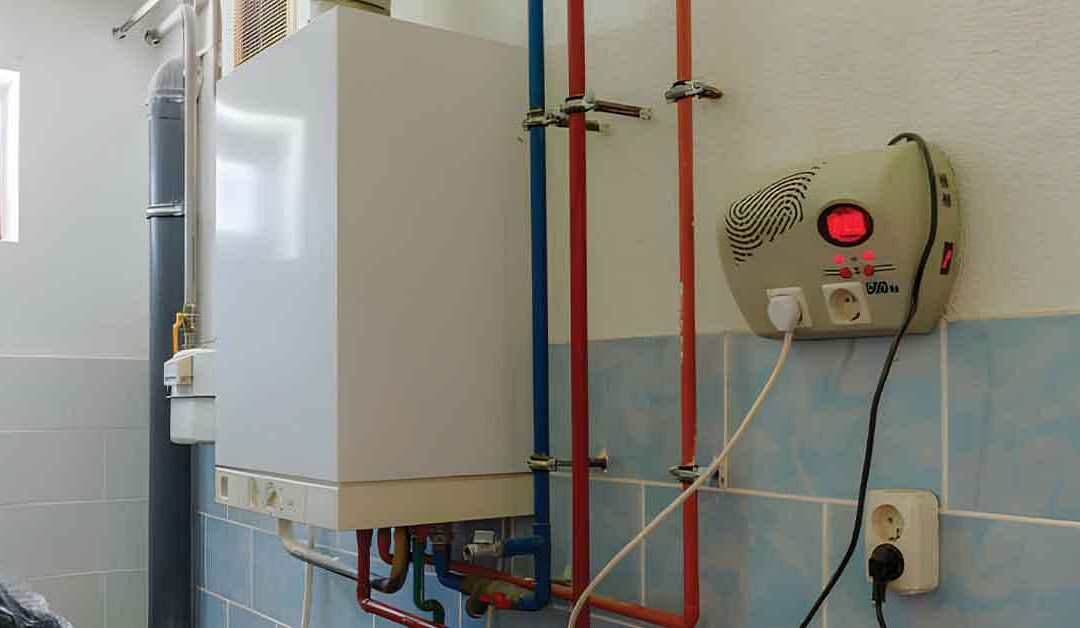Are you contemplating the relocation of your furnace but find yourself uncertain about the associated costs? The decision to move a furnace can stem from various reasons, such as home renovation projects, the quest for improved efficiency, or the need to optimize living space. In this in-depth guide, we will delve into the multifaceted aspects of relocating a furnace, providing a comprehensive breakdown of the costs involved in the process.
Understanding the Need for Relocation:
Enhancing Efficiency and Performance
One of the primary reasons homeowners consider relocating their furnace is to enhance overall system efficiency. By strategically placing the furnace in a more optimal location, you can ensure better airflow, more efficient heating, and improved performance.
Home Renovation Projects
Undertaking home renovation projects often involves rearranging living spaces, which may necessitate the relocation of HVAC components. Whether it’s a basement finishing project or the addition of a new room, understanding the costs involved in moving your furnace is crucial for effective project budgeting.
Factors Influencing Costs:
Distance and Accessibility
The logistical challenges associated with relocating a furnace depend significantly on the distance it needs to be moved and the accessibility of the new location. If the furnace must navigate through tight spaces, up or down stairs, or through unconventional pathways, additional labor, time, and potentially specialized equipment may be required, contributing to increased expenses.
Type of Furnace:
The type of furnace you have can also impact the cost of relocation. Traditional furnaces may be less complicated to move than high-efficiency models or specialized HVAC units. Understanding the intricacies of your specific furnace type is essential for accurate cost estimation.
Permitting and Code Compliance:
Before embarking on the relocation process, it is crucial to investigate local building codes and obtain any necessary permits. Compliance with these regulations may involve additional costs, but it ensures the safety and legality of the furnace relocation. Failure to adhere to codes could result in fines and complications down the line.
Breakdown of Costs:
Labor Costs:
Labor costs constitute a significant portion of the expenses related to furnace relocation. HVAC professionals experienced in relocation projects are essential to ensure a smooth and efficient process. Their expertise not only expedites the relocation but also minimizes the risk of damage to the furnace or other components.
Materials and Equipment:
The complexity of the relocation project will dictate the need for additional materials and equipment. Ductwork, pipes, insulation, and other components may be required to adapt the furnace to its new location. Investing in high-quality materials is crucial for the longevity and efficiency of the HVAC system post-relocation.
Permit Fees:
Securing the necessary permits for furnace relocation may come with associated fees. It is essential to factor these costs into your budget to avoid any delays or legal complications. Working with a professional HVAC contractor can streamline the permitting process, ensuring that all requirements are met.
HVAC System Evaluation:
Consider conducting a comprehensive evaluation of your HVAC system both before and after the relocation. This involves assessing the overall condition of the system, checking for wear and tear, and ensuring that the components operate efficiently in the new location. Identifying and addressing potential issues early on can prevent costly repairs in the future.
Additional Considerations:
Energy Efficiency:
When relocating your furnace, take the opportunity to assess and potentially upgrade the system for improved energy efficiency. Investing in a more energy-efficient furnace may lead to long-term cost savings on your energy bills.
Professional Consultation:
Consulting with HVAC professionals is crucial throughout the relocation process. From the initial assessment and cost estimation to the actual relocation and post-relocation evaluation, professionals can provide valuable insights, ensuring a successful and cost-effective project.
DIY Risks:
While some homeowners may be tempted to tackle furnace relocation as a DIY project to save costs, it’s essential to recognize the potential risks. Mishandling the furnace or overlooking critical details could result in costly damages and compromise the efficiency of the HVAC system.
Conclusion:
Relocating your furnace is a significant decision that demands careful planning and consideration of various factors. By understanding the potential costs associated with moving your furnace and factoring in additional considerations, you can make informed decisions and budget effectively. Remember, consulting with experienced HVAC professionals is key to a seamless furnace maintenance and cost-effective relocation process. Whether it’s the cost to move a furnace or the expenses related to relocating other HVAC components, being well-informed is paramount for a successful project and long-term satisfaction.





